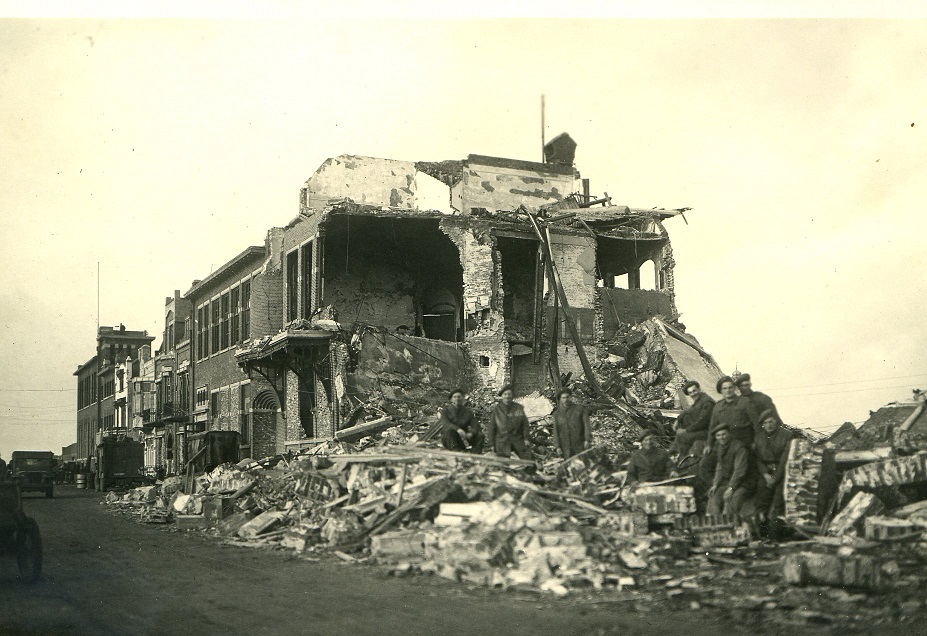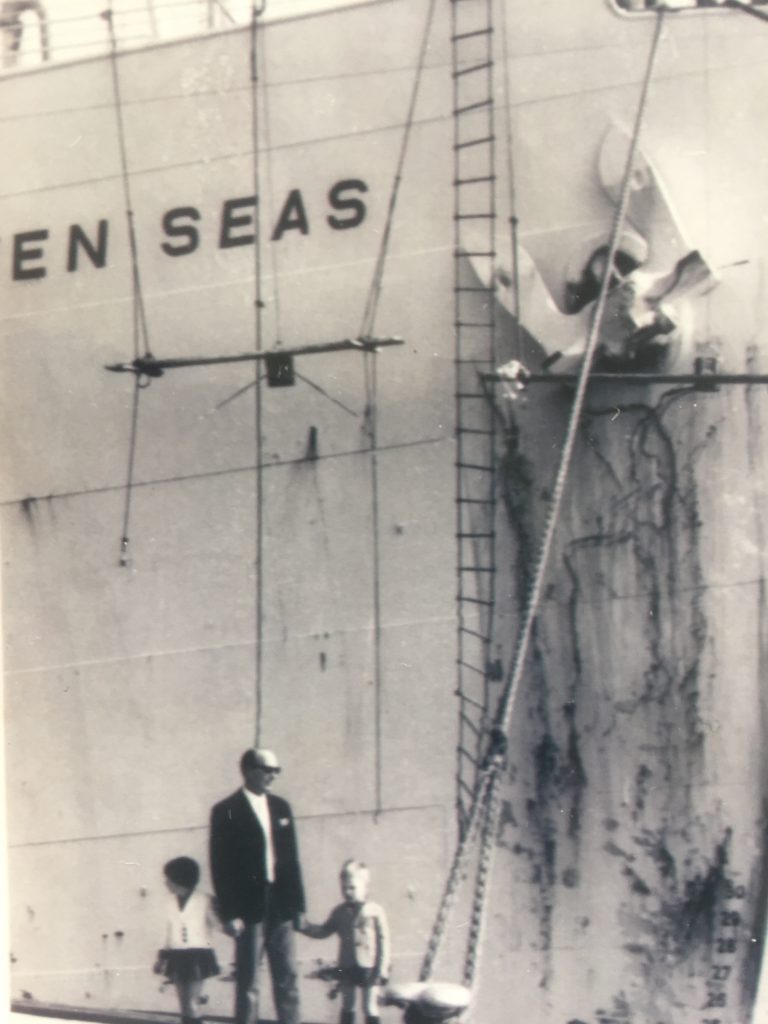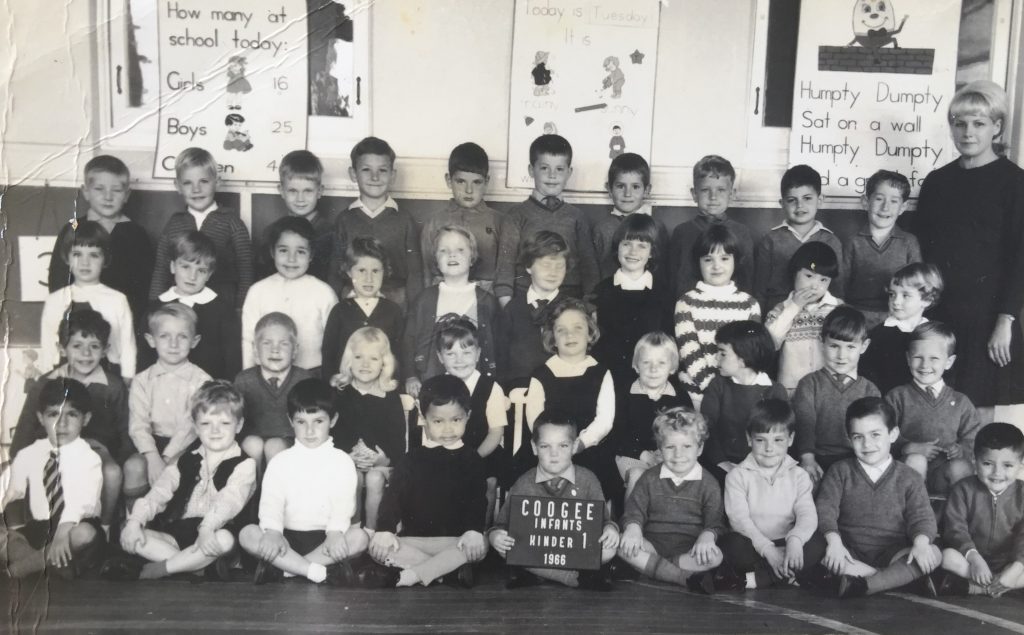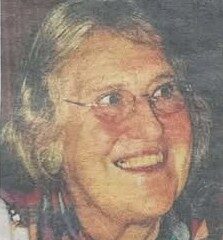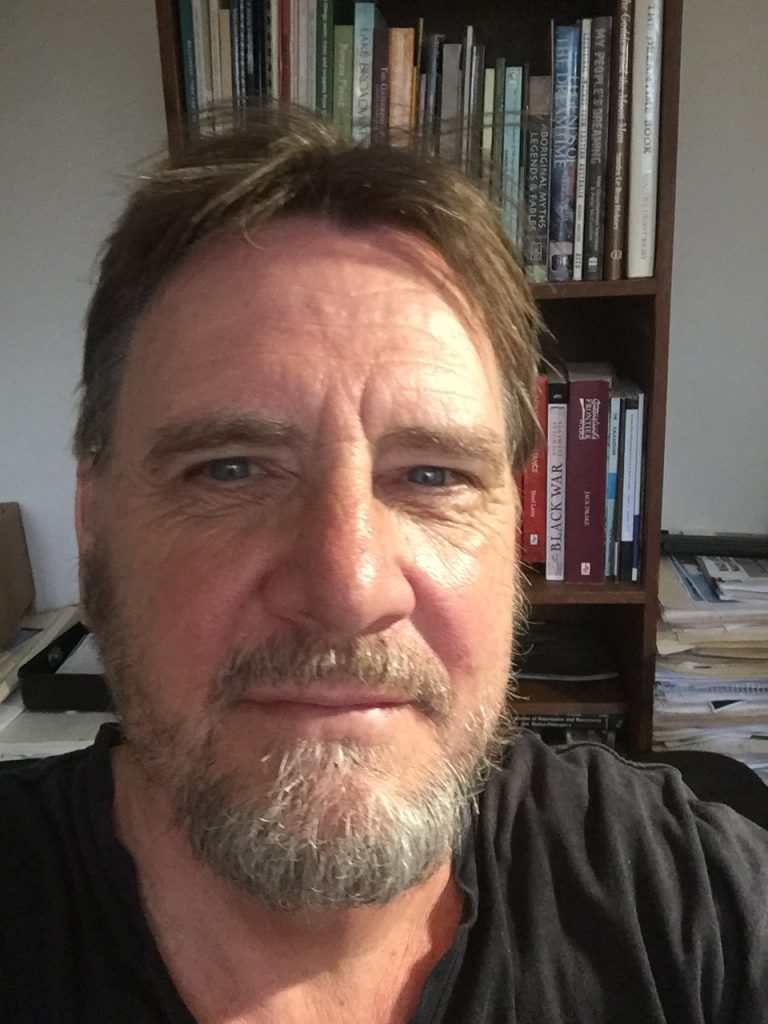
Dr Ray Kerkhove is a Dutch-born historian, known for his contributions to reconstructing Aboriginal lifeways, biographies, site histories, and Frontier Wars especially concerning southern Queensland. He also sometimes writes on smaller and lesser-known faiths, For instance, he composed the first multi-faith history of an Australian region: Soul Havens (2003).
Ray’s work informed thematic Indigenous histories for Councils, Master Plans for towns, public artworks, exhibitions, public artworks, public signage, and cultural revitalisation projects. One of his main findings concerned the endurance of traditional Aboriginal camping grounds into recent times, and how these sites impact urban parklands design. He helped pioneer the identification of domestic fortification used in the Frontier Wars, and developed new models for reconstructing the Frontier Wars, proposing the existence of large tribal alliances using complex communications networks, and mapping these across SE Queensland.
In 1979, Ray was fortunate to enter University of Queensland at a time when enrolment was still free. In the mid-1980s, whilst completing his Honours studies, Ray began associating with The Foundation for Aboriginal and Islander Research Action (FAIRA). He worked – usually voluntarily – as a research assistant under important Aboriginal rights activists such as Uncle Bob Weatherall and Les Meleza.
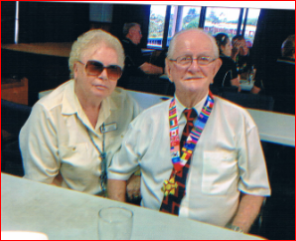
This, and Ray’s studies (which had included history and archaeology) led to his increasing involvement over the years in working for Indigenous communities. One aspect of this was co-founding and managing Interactive Community Planning Australia’s (ICP’s) community arm between 2007 and 2011. The non-for-profit entity assisted and sourced funding for diverse Indigenous-led heritage projects across Queensland. These included repatriation of remains, films, state-wide events, books, language revival, elders’ visits to museums and archives. The organisation won the 2011 National Trust Governor’s Gold Award.
Ray is now an Adjunct Associate Professor with the University of Southern Queensland’s Department of Education. He works mostly as an independent consultant engaged by Councils, Aboriginal organisations, museums, universities, heritage and art bodies.

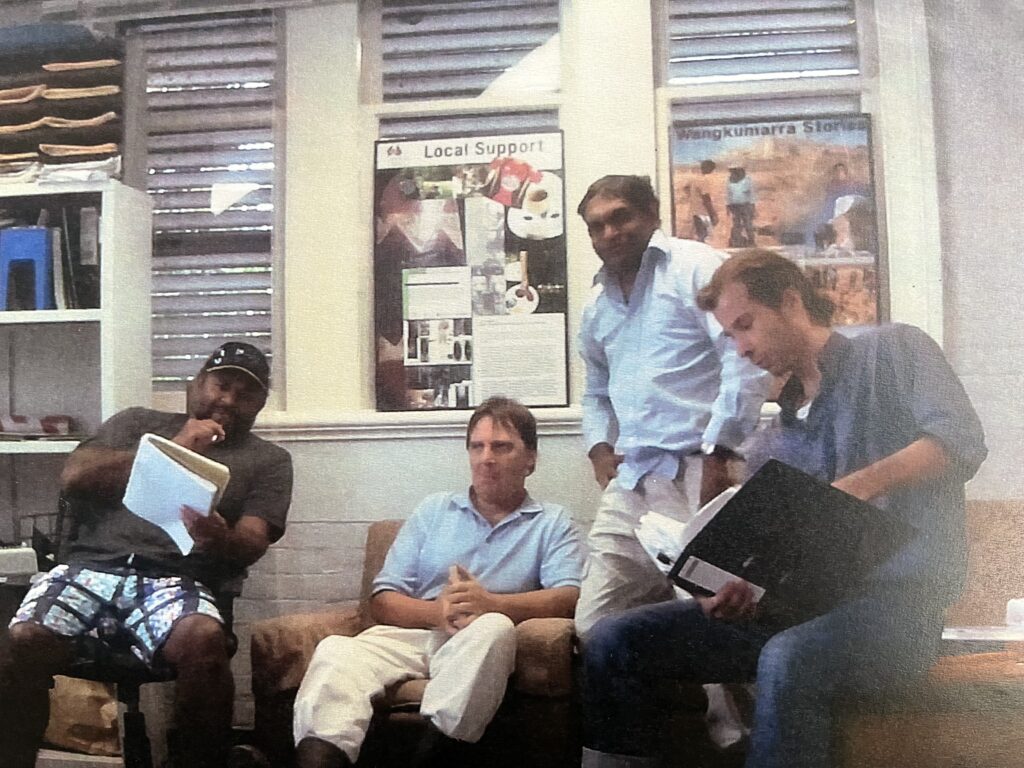
Publications
See here for information on his latest book: How They Fought: Indigenous Tactics and Weaponry of Australia’s Frontier Wars – Boolarong Press
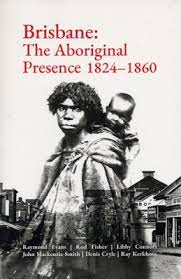
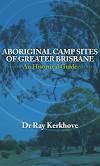
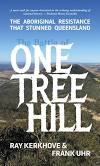
Ray’s Dutch family and their migration story
Ray was born in s ’Gravenhage. At the age of 4, he arrived at Sydney with his family – his parents Wim Kerkhove and Cornelia (in Australia ‘Corinne’) Kerkhove (Muusse), and sister Louise Wilhelmina Kerkhove (now Freebairn).
In Indonesia, Ray’s father Wim served in the Dutch-Indonesian War as a Medic (Sergeant). He later worked as an administrator for the Dutch Army, re-settling Indonesians in the Netherlands and assisting with disaster relief and reconstruction. Ray’s mother worked with early computers in the Netherlands, and as a teacher.
The family came to Australia on the Seven Seas – a German/ Norwegian cargo vessel. It was an uneasy departure because they were turfed out of their apartment by a drunken mob before they had fully packed, so they arrived in Australia with few belongings. However, the ship’s journey meant some interesting stops at Egypt, India and Sri Lanka.
Like most migrants at that time, their first ‘home’ was Villawood Detention Centre. Ray remembers its barbed wire fences and unpleasant meals. They lived in a tin army barracks. His first Australian toys were things he salvaged from the bins or whatever he made from dried grass.
After some months, the family finally found a sponsor and were able to move to the back rooms of a pastor’s house in Bexley. This house was rather rundown. Ray remembers that whenever it rained, they had to put pots everywhere to catch the leaks.
The family were delighted and astonished with Australia’s beauty: the crystal-clear surf beaches, the many sunny days; the golden swarms of Christmas beetles. Until Ray was about 10 or 11 years old, the family did not have a car and never travelled beyond Sydney, but they took many bus and train trips around the city’s beaches, suburbs, parks and bushlands.
Both Ray’s parents worked very hard. Wim was for decades employed as a sheet metal worker – building boats (‘tinnies’), caravans and air ducts. He eventually became the foundational manual arts instructor for SWARA (a sheltered workshop for disabled adults in Brisbane). Wim’s real passion was justice. He became a Shop Stewart in the unions and often fought for his work mates’ rights.
Meanwhile, Ray’s mother found work as a teacher, both for ordinary and special needs children. From this, she rose to Principal and then curriculum head for Education Queensland. Eventually she became a cognitive psychologist working with high schools, and a lecturer in education at the University of New England. She helped create New South Wales’ first programs for gifted children.
A few family pictures from Ray’s father Wim Kerkhove’s time in the Netherlands.

